The modern urban landscape is continually changing, often mirroring the socio-economic and cultural changes of the times. Regent International Apartment Complex in China is one of the interesting examples of this evolution, usually described as a ‘dystopian’ building. It is a monolithic residential block that caters to every conceivable need of its residents, thus gaining much international attention due to its unique urban living. This structure is frequently referred to as a “dystopian apartment block” not because of its design necessarily but because of the lifestyle it advocates, i.e., a self-sufficient world where there is little need for people to go beyond its borders. This idea poses some fascinating questions regarding the prospects for urban life and the function of architecture in modifying human conduct and social relationships.
The Regent International, located in Qianjiang Century City, Hangzhou’s central business area, was initially envisaged as a luxurious six-star hotel in 2013. The structure was designed by Alicia Loo. Nonetheless, it was later changed into an extensive housing block due to the effects of the economy and urbanization. Its architecture is humongously grandiose, with so many features that adorn it. This community is similar to a city, with more than 20,000 people as its inhabitants, and it has other amenities, including hospitals, schools, grocery stores, and fitness centers. This building aims at creating a self-sufficient space for people to live, work, and socialize without ever needing to step outside.
The article explores Regent International’s architecture, its implications for living arrangements, and the broader architecture and social issues it raises.
Architectural Design and Layout
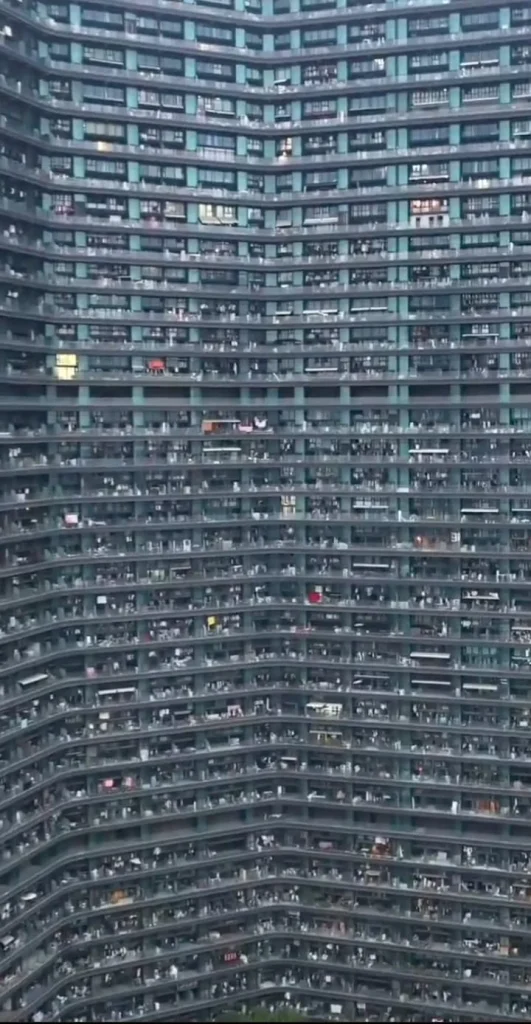
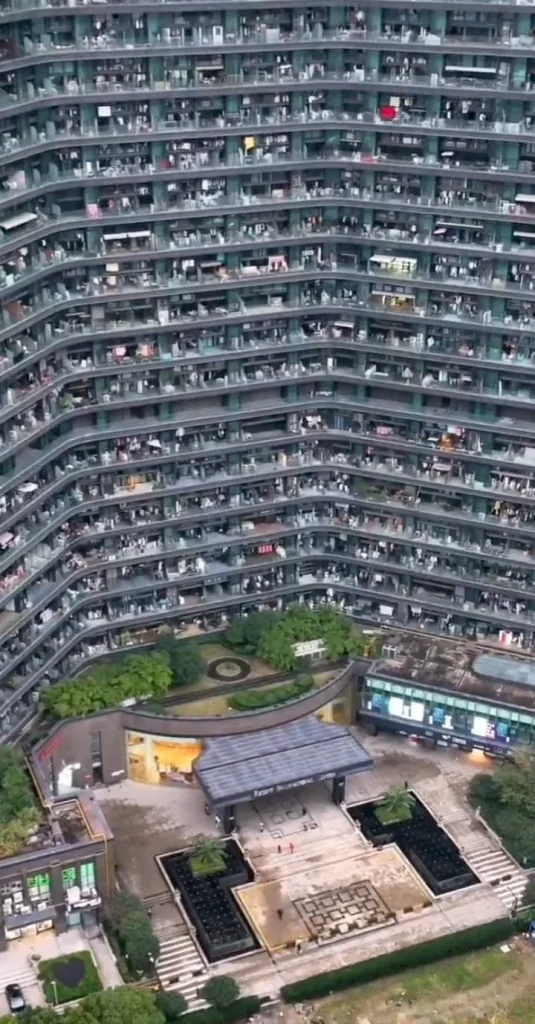
Beyond simply being an apartment building, the Regent International is a miniature world created to fulfill every need of its inhabitants without requiring them to step outside.
In terms of size and architecture, it is one of the most amazing complexes, comprising more than 5,000 apartments. All in all, the structure looks huge and thick, resembling an independent vertical city. In its design philosophy, the project combines elements from modernist and brutalist styles, emphasizing functionality rather than aesthetics; it employs straight lines, heavy use of glass, and single color tones. The outer surface is marked by repeating geometric patterns that embody a functionalist idea meant to maximize the available living space.
From one end to another, it shows the S-shape with a varying number of stories ranging from 36 to 39. Its vastness is intimidating, stretching across multiple city blocks, linked together by a maze of hallways and sky bridges. The internal connectivity allows the residents to wander around the whole building without leaving the building itself. Residential areas are designed in an order meant to provide maximum open space and overall effectiveness. Windows and balconies have been positioned strategically so that they offer panoramic views of the metropolis yet still maintain some measure of privacy as well as natural lighting within these living spaces.
Interior Spaces and Amenities
Life at Regent International is all about luxury and convenience. Spaces inside the building are examples of ergonomic design and functionality. Fascinatingly enough, the amenities at Regent International are well integrated into the design. Contrary to traditional apartment blocks, where various amenities are usually scattered about or off-site, this complex has everything within its walls. There are also common spaces where people can interact socially or engage in leisure-time activities. There are indoor swimming pools and gyms within easy reach, as well as posh restaurants to accommodate diverse lifestyles, keeping leisure and entertainment within walking distance from their homes.
The commercial areas in the lower parts of the structure consist of supermarkets, retail shops, and restaurants. The sense of self-containment is an essential part of its portrayal as a dystopia since it results in a situation where people hardly ever leave the building. Having shared spaces provides convenience while simultaneously fostering togetherness among individuals. The upper sections exclusively cater to residential packages that vary in size from small studio apartments to big multi-bedroom units. Every unit adheres to contemporary standards by featuring an open-plan space, using superior materials for finishing, and including modern technology. The large windows provide panoramic views of the surrounding cityscape, adding to the sense that one lives in an elevated urban oasis.
Technological Integration
In addition to its functional layout, the Regent International is an excellent example of how technology can enhance living conditions through residential designs. It also comprises several sustainable and innovative features. The building’s energy efficiency mechanisms include solar panels and advanced HVAC systems that help reduce the building’s carbon footprint. In addition, rainwater harvesting systems and greywater recycling are in place to improve overall sustainability.
Another notable thing about this building is that it has smart home technology incorporated into its design. Biometric access controls and extensive CCTV coverage are some of the advanced security devices in place, thereby ensuring a safe environment for residents. Integrated digital technology enables monitoring of different aspects of one’s living space, from lighting to temperature control, improving convenience and, at the same time, encouraging energy efficiency through precise resource utilization.
This incorporation of technology extends to the building’s infrastructure, complemented by sophisticated waste management systems and energy-efficient amenities. To mitigate the ecological impact on the community, solar batteries, and alternative power supplies are employed. Those technological achievements demonstrate a wider tendency toward eco-friendliness and extend to the building’s infrastructure.
Social and Psychological Implications
Regent International is a microcosm of urban life in hyper-dense environments. Although this architectural design is quite stunning, it also has serious socio-psychological implications. A self-sufficient living environment where residents hardly need to leave the premises can deeply influence one’s social behaviors and mental health status, raising questions about their quality of life and social well-being; hence, people have mixed feelings concerning it. On one hand, this arrangement offers convenience and safety. All the essential services and amenities are accessible within the neighborhood, thereby limiting travel distances and promoting general well-being among its people.
Social stratification is one of the major social implications within the complex. There is a clear hierarchy based on the type of flat and its location, with a variety of services and amenities offered. Premium apartments typically have higher floors and greater amenities, resulting in a social class disparity among the residents.
Nonetheless, it is alarming that social isolation might be a problem. The disinclination to leave the house may result in a decreased perception of society at a broader level or even of the natural environment. In such apartment complexes, people may know each other very well but know nothing about their neighborhood in town. Psychological effects may arise from this isolation, making one feel alone and potentially impacting their health. Although the design of the building encourages a close-knit community inside, it may also lead to a sense of being cut off from other parts of the city.
Architectural Critique
From the point of view of architecture, Regent International is a bold experiment in urban living. Its design, however, does not place much emphasis on aesthetic appeal but rather on functionality and efficiency. This leads to repetitive geometric patterns and utilitarian designs that may seem dull and uninspiring. This approach fits into the building’s main aim, which is to maximize living space while also providing all the essential amenities in one congested area.
Living at Regent International represents an interesting experience characterized by both convenience and confinement. There are different types of apartments, ranging from modest studio units to larger family accommodations made for different demographics. Compactness is a major consideration when designing these units, with each unit being compact but still very functional. Nevertheless, high population density often results in other problems, including noise pollution and a lack of privacy.
The complex, self-sufficient nature allows residents to access all necessary services within the building itself. On the one hand, it promotes easy access and less travel, while on the other, it brings about isolation from the larger community. Social interactions are confined within micro-societies that can be either supportive or insular. Critics argue that this building embraces isolationist architecture with limited exposure to the natural environment and open spaces, thereby resulting in claustrophobia. In addition, extensive use of artificial lighting and ventilation due to crowdedness may adversely affect the well-being of residents. Moreover, because of its gigantic size, the structure tends to intimidate residents, inducing feelings of anonymity and alienation.
Future Prospects and Challenges
Regent International sets a pattern for future urban housing projects. Its design and operation provide vital insights for architects and urban planners faced with the issue of supporting ever-increasing metropolitan populations. Such models may become more common in the future as urban populations rise, bringing solutions to problems such as resource management and space constraints.
To conclude, the success of such development depends on addressing potential downsides, particularly those that affect social cohesiveness and psychological well-being. Furthermore, architects and planners must strike a balance between convenience and maintaining links to the community and nature. Regent International also expresses concern about the role of architecture in shaping human behavior and social standards. When all needs are met in a confined region, there is a risk of forming isolated societies that are homogeneous and disconnected from the wider community.

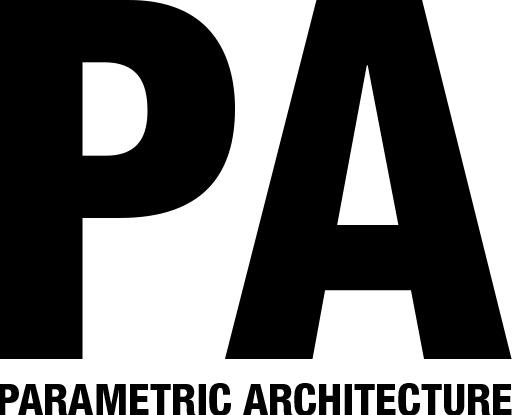


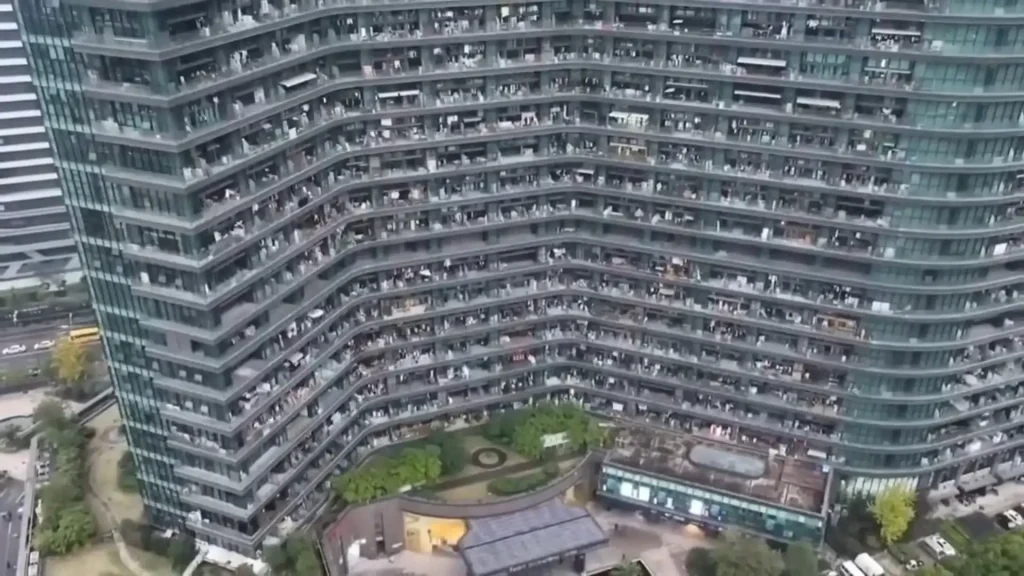
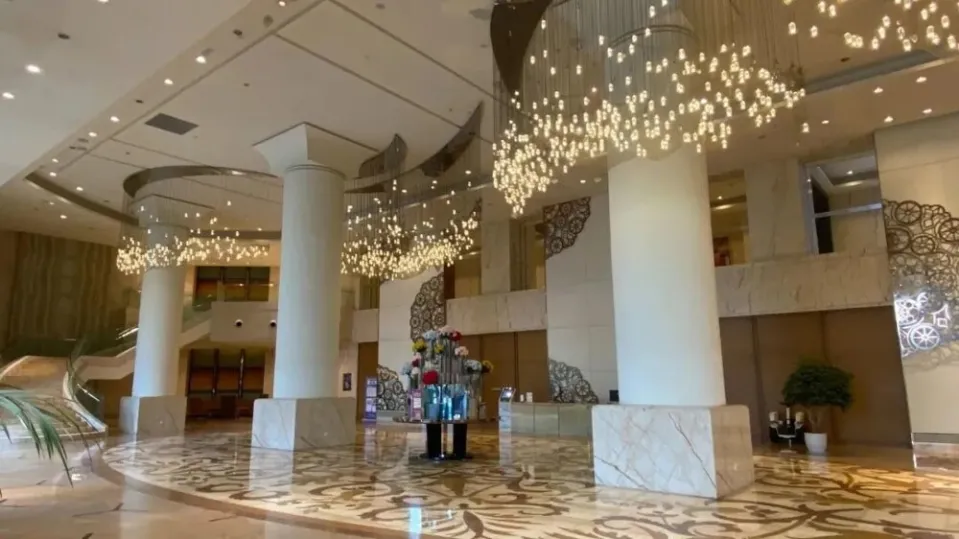
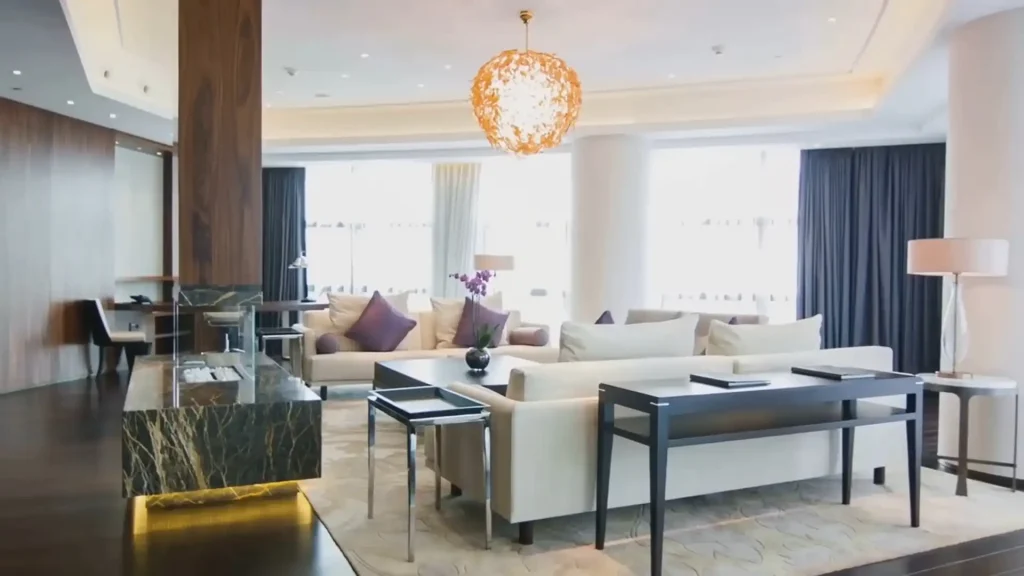
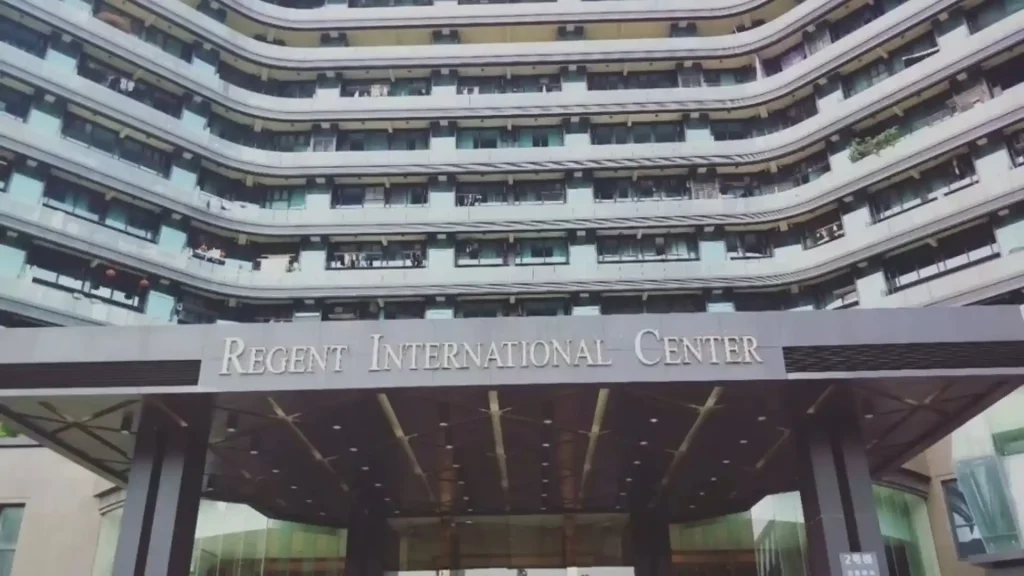
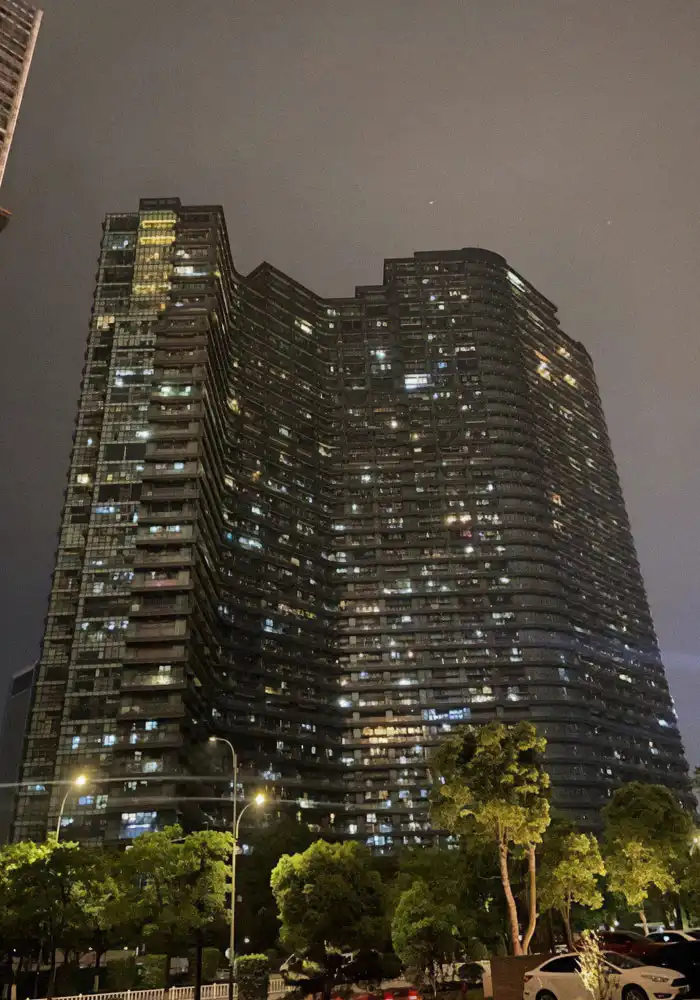
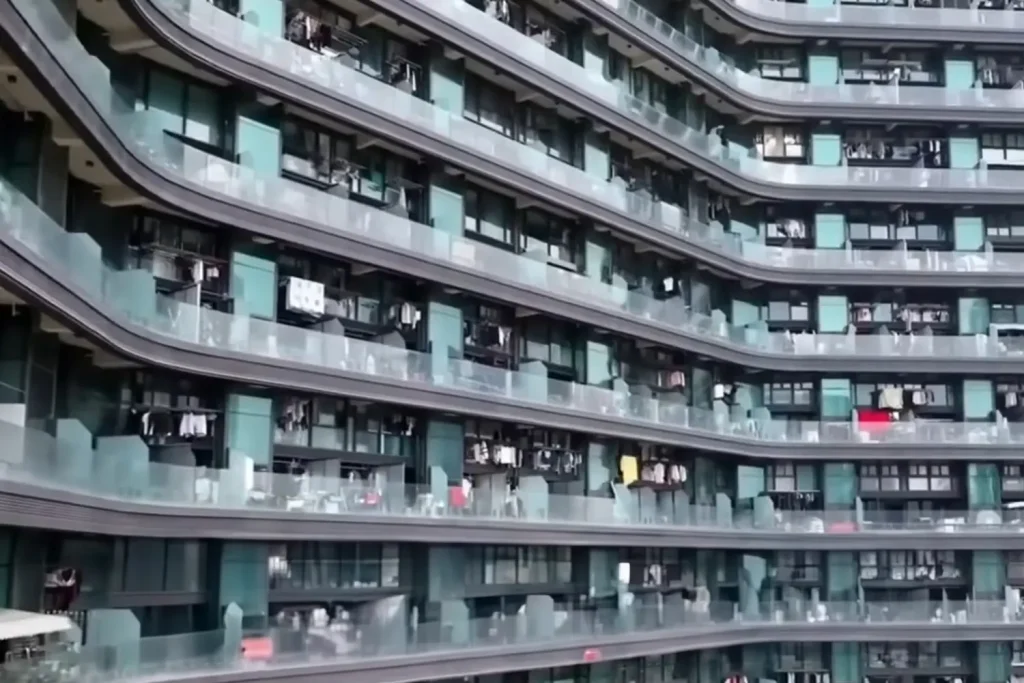

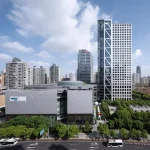


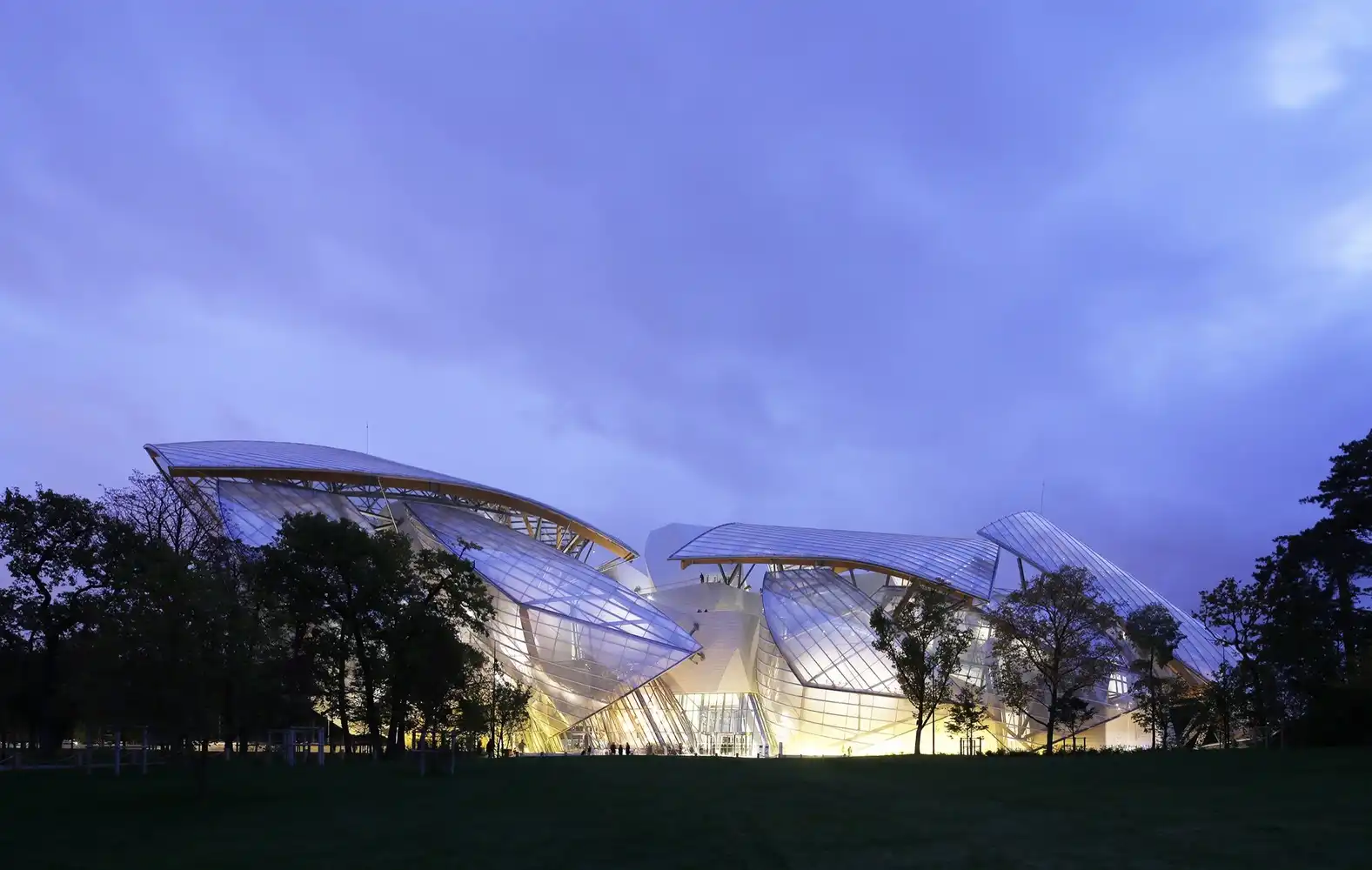









Leave a comment